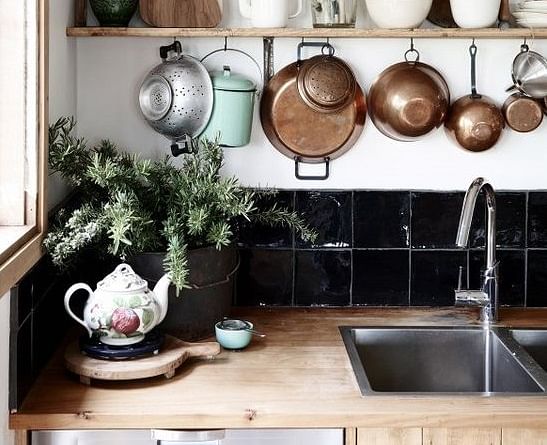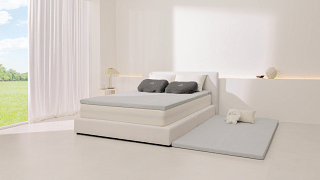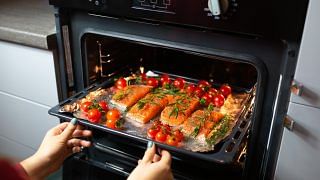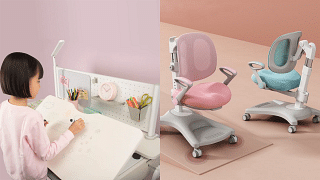Cooking utensils come in various materials, from wood and plastic to stainless steel and cast iron. Each has its own benefits, and cooking will be much easier when you use pots and pans that are suitable for the cooking method you have in mind.

(image: My Domaine)
For example, melting sugar in copper pots will be more effective than in stainless steel pots, as the former reacts to temperature changes much faster. Here are the main benefits of aluminium, stainless steel, copper, and cast iron:
ALUMINUM: Great for slow cooking stews, stock and soups
Today’s domestic divas need cookware that saves time and is safe for the family, so many of us would prefer this lightweight material which cooks swiftly, evenly, and doesn’t alter the taste of the food. Plus, it’s cost effective, slow to corrode and lasts for a long time.
STAINLESS STEEL: Great for sauteing meats and vegetables
It’s rust- and stain-resistant, and stable under extremely high temperatures. However, heat may vary vastly over the pan’s surface. Sometimes, manufacturers add in an aluminum or copper core to compensate that flaw. Go for stainless designated 18/10. This is a better quality because the material is composed of 10 per cent nickel (it’s what makes the vessel shape and stainless steel shiny), and 18 per cent chromium (it helps prevent corrosion).
COPPER: Great for cooking sauces or reheating soup and sauces
Although pricey, copper is more responsive to temperature changes, and is able to heat up and cool down fast. This makes it ideal when handling tricky cooking techniques like melting sugar, or making delicate sauces. Plus, it looks warm and inviting when hung from a rack.
CAST IRON: Great for searing meats
You’ll need to preheat this heavy metal on a medium-low flame for several minutes before cooking. But once hot, it maintains a steady heat long after the burner is turned off and works well to keep your food warm.
This article was first published in Singapore Women's Weekly, January 2016.













